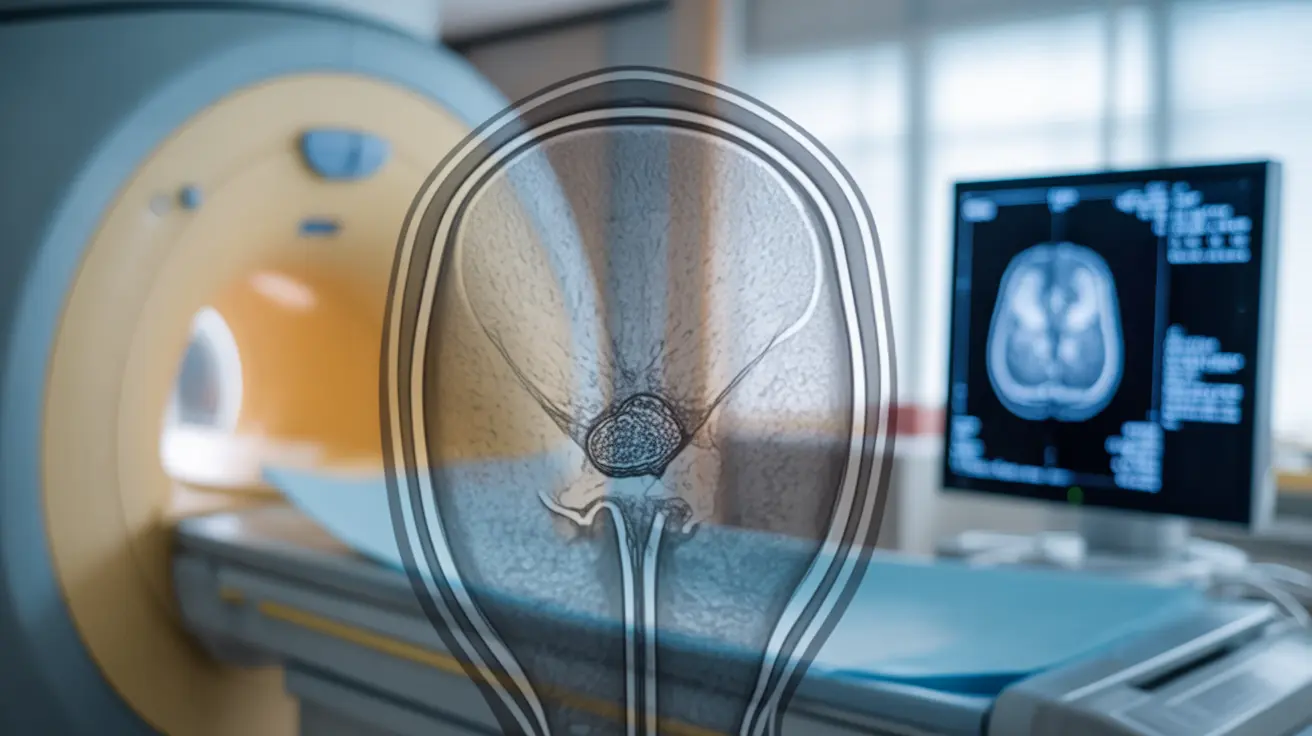Addiction is a complex condition that affects millions of people worldwide, impacting not only the individual struggling with substance use but also their families and communities. Recognizing the signs of addiction early can make a crucial difference in getting appropriate help and support. This comprehensive guide will help you understand what addiction looks like, how to identify it, and ways to support those affected.
Physical and Behavioral Signs of Addiction
Understanding what addiction looks like requires awareness of both physical and behavioral changes. Common physical indicators include:
- Sudden weight changes
- Changes in sleep patterns
- Poor physical coordination
- Bloodshot eyes or enlarged pupils
- Deteriorating physical appearance
Behavioral signs often manifest as:
- Irregular attendance at work or school
- Unexplained financial problems
- Social withdrawal
- Mood swings
- Secretive behavior
- Changes in social circles
The Impact of Addiction on Daily Life
Addiction typically affects multiple areas of a person's life, creating visible changes in:
Professional Performance
Many individuals struggling with addiction experience declining work performance, increased absences, and difficulty maintaining professional responsibilities.
Relationships
Personal relationships often suffer as the person prioritizes substance use over family and social connections, leading to isolation and strained relationships.
Financial Stability
Financial difficulties frequently emerge due to spending on substances and reduced work capacity, creating a visible impact on lifestyle and living conditions.
Understanding Addiction vs. Dependence
While often used interchangeably, addiction and dependence are distinct concepts. Addiction involves compulsive drug-seeking behavior despite negative consequences, while dependence refers to the body's physical adaptation to a substance, resulting in tolerance and withdrawal symptoms when use stops.
The Connection Between Mental Health and Addiction
Mental health disorders and addiction often co-occur, creating a complex relationship that requires comprehensive treatment. Common co-occurring conditions include:
- Depression
- Anxiety disorders
- Post-traumatic stress disorder (PTSD)
- Bipolar disorder
Supporting Someone with Addiction
When helping someone with addiction, consider these important approaches:
- Express concern without judgment
- Encourage professional help
- Set healthy boundaries
- Learn about addiction and treatment options
- Practice self-care while supporting others
Recovery and Withdrawal Management
Recovery from addiction often involves managing withdrawal symptoms through:
- Medical supervision
- Proper nutrition and hydration
- Regular exercise
- Stress management techniques
- Support group participation
Frequently Asked Questions
What are clear signs that someone might be struggling with addiction?
Key signs include behavioral changes, deteriorating physical health, social isolation, financial problems, and inability to stop using despite negative consequences.
How can I help a family member or friend who is addicted to substances?
Offer non-judgmental support, encourage professional treatment, set healthy boundaries, and educate yourself about addiction while maintaining your own well-being.
What's the difference between substance dependence and addiction?
Dependence involves physical reliance on a substance, while addiction includes compulsive use despite harmful consequences and behavioral changes affecting daily life.
Can mental health disorders, such as depression or anxiety, contribute to addiction?
Yes, mental health disorders can significantly increase the risk of addiction, often leading to self-medication and creating a cycle that requires treatment for both conditions.
What are some effective strategies for managing withdrawal symptoms during recovery?
Effective strategies include medical supervision, proper nutrition, regular exercise, stress management techniques, and participation in support groups, all under professional guidance.




